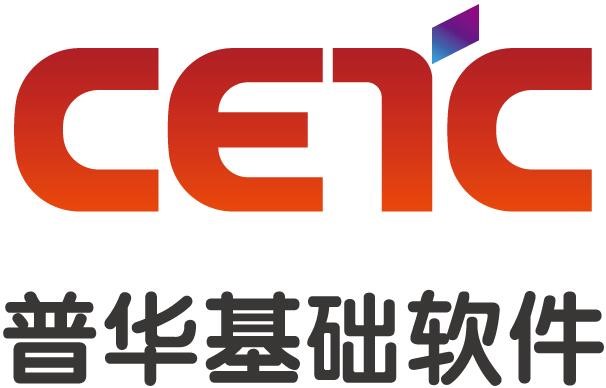ISO 26262 之 HARA 分析
来源:公众号“汽车功能安全”
2021-03-26
0
0
0
以下文章来源于Elektroauto ,作者雨下了一季

Hazard Analysis and Risk Assessment (HARA): Moethod to identify and categorize hazardous events of items and to specify safety goals and ASILs related to the prevention or mitigation of the associated hazards in order to avoid unreasonable risk.
Controllability: Ability to avoid a specified harm or damage through the timely reactions of the persons involved, possibly with support from external measures. 可控性:通过所涉及人员(驾驶员,乘客或者车辆外部的邻近人员)的及时反应,也可能通过外部措施的支持,避免避免特定的伤害或者损伤的能力。一般分为3个等级:C0——可控;C1——简单可控;C2——一般可控;C3——难以控制或者不可控。



明确相关项由于失效行为而引起的危害事件,并对他们进行分类; 为避免不合理的风险,制定防止危害发生或者减轻危害程度的安全目标。
明确相关项的定义(我们要熟悉产品的功能和失效):
驾驶场景的定义以及危害分析:
给定义好的危险定义其可控性(C)、暴露概率(E)和严重度(S):
定义安全目标:
定义安全目标的等级:

好啦!本期的分享到这里就结束了,大家get到了么?我们下期再见!
功能安全
收藏
点赞
- 用户评论
2000
评论











